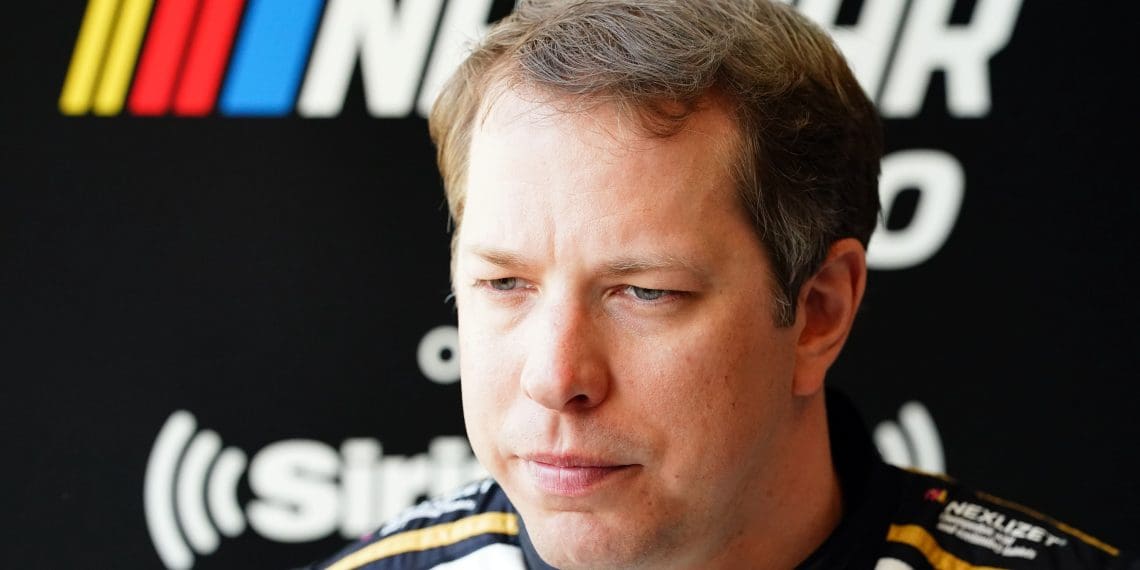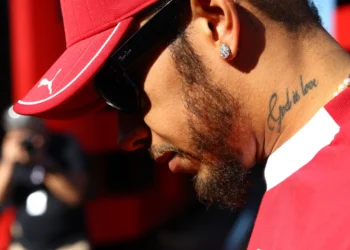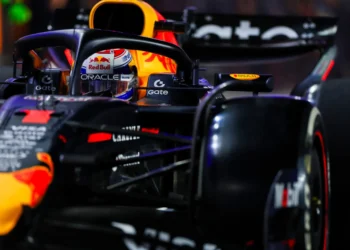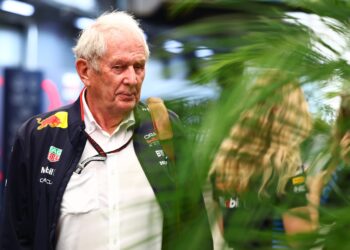Running a NASCAR team with multiple owners is no easy feat, but RFK Racing co-owner Brad Keselowski has shed light on the strategies that help the organization maintain harmony and success. With three powerhouse entities—Jack Roush, Fenway Sports Group (led by John Henry), and Keselowski himself—RFK Racing has developed a governance model that balances collaboration with clearly defined responsibilities.
A governance model that works
RFK Racing operates through a structured board system, where key decisions are made by vote. This approach ensures that all owners’ voices are heard and that decisions reflect the best interests of the team.
“We run our company on a board, so boards have voting,” Keselowski explained. “Every board has people that understand their business and have everything in mind, and major decisions are made through board votes.”
For less critical decisions, responsibilities are delegated to specific positions, creating a balance of oversight and autonomy.
Learning from the best: Hendrick Motorsports
Keselowski cited Hendrick Motorsports—a team co-owned by NASCAR legends Rick Hendrick and Jeff Gordon—as a prime example of how a multi-owner structure can thrive.
“I would liken that situation to… Hendrick Motorsports. If you’re talking about Mr. Hendrick, Jeff Gordon, their competition director, and that kind of thing—same concept. I have a staff, and it protects the interests of all three of us,” Keselowski said.
Hendrick Motorsports’ legacy, which includes 14 NASCAR Cup Series championships and 312 race wins, serves as an inspiration for RFK Racing. The key to Hendrick’s success? Trust, delegation, and a unified vision.
Defined roles fuel efficiency
Keselowski emphasized the importance of assigning the right tasks to the right people. While he contributes to corporate decisions as a board member, his primary focus is on the competition side of the business.
“For me, I try to stay out of the corporate affairs wherever possible… I try to stay focused on the competition aspects,” he noted.
This clarity of roles allows each owner to leverage their strengths while maintaining trust and respect for the team’s broader goals.
A model for success in NASCAR
RFK Racing’s collaborative approach has positioned the team to adapt and thrive in the high-pressure, ever-changing world of NASCAR. By learning from industry leaders like Hendrick Motorsports and prioritizing communication, trust, and delegation, RFK Racing has created an environment where innovation and excellence can flourish.
As Keselowski continues to focus on competitive strategy, RFK Racing remains a strong contender in the NASCAR Cup Series, proving that even in a complex, multi-owner structure, unity and clear leadership are the keys to sustained success.










